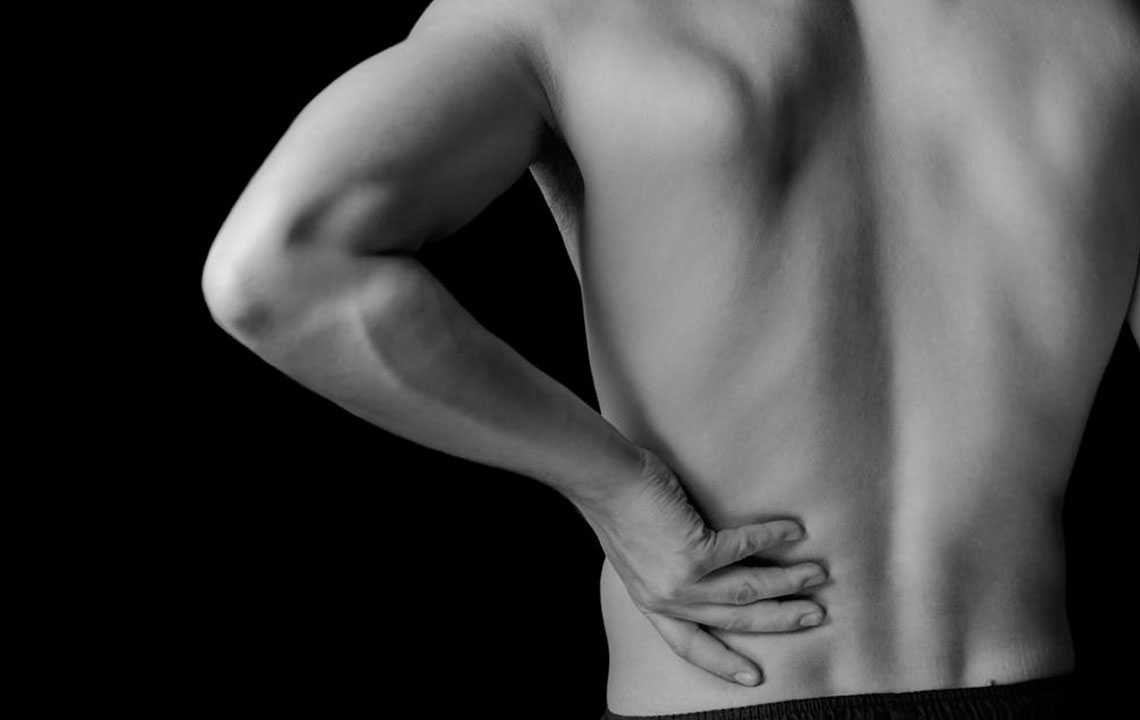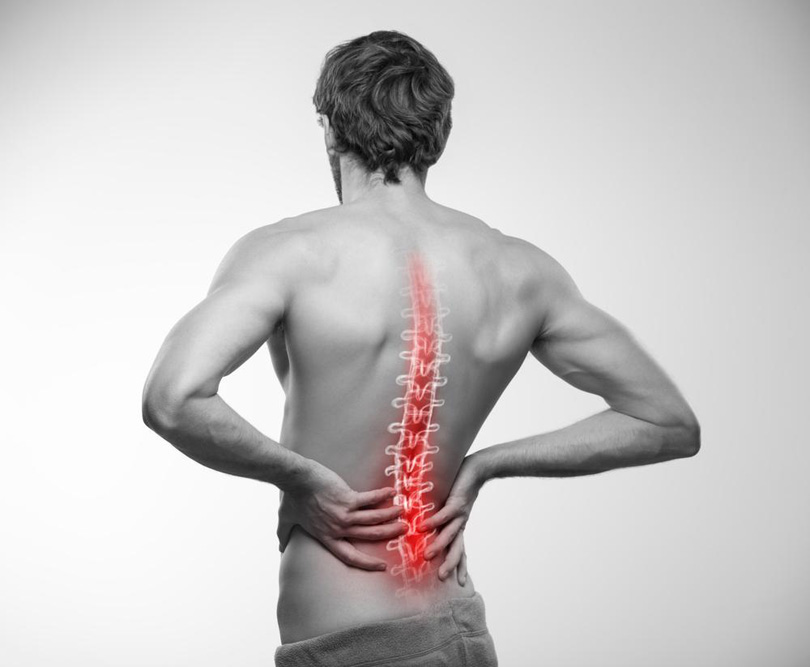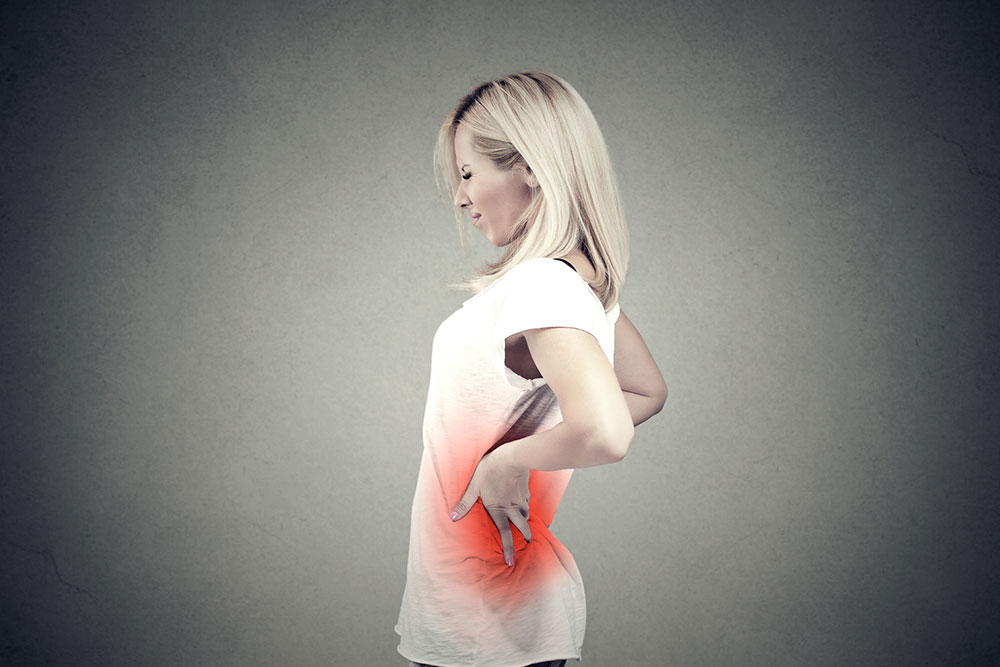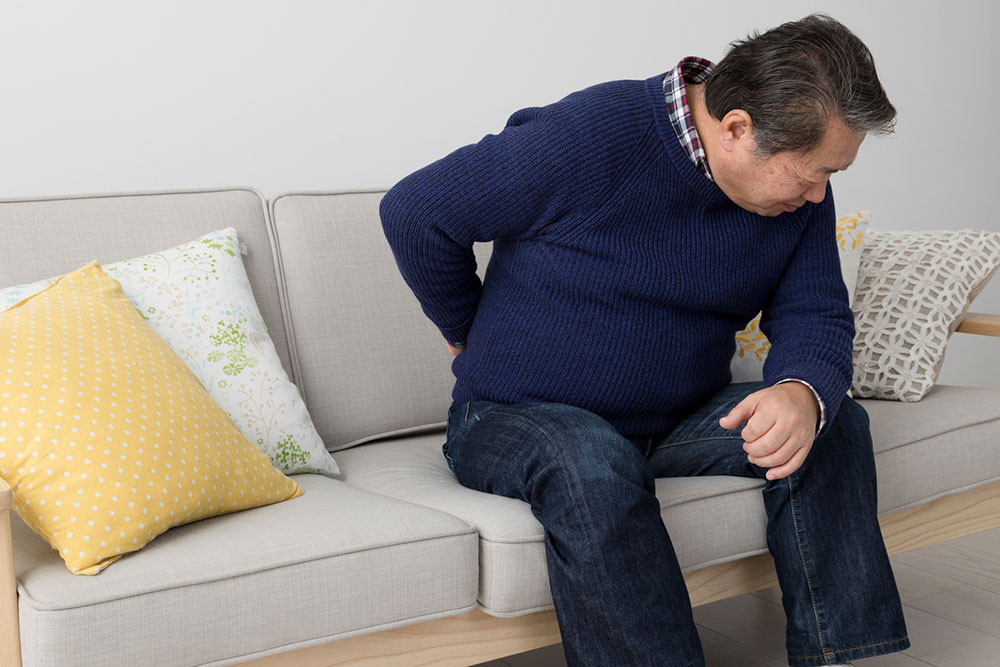How to Distinguish Between Back Pain and Kidney Discomfort: A Comprehensive Guide
This comprehensive guide helps readers differentiate between common back pain and kidney-related discomfort. By understanding key symptoms, causes, and when to seek medical attention, individuals can take proactive steps to address their health issues. Recognizing signs early can prevent complications from infections, stones, or serious kidney conditions, ensuring better health outcomes.
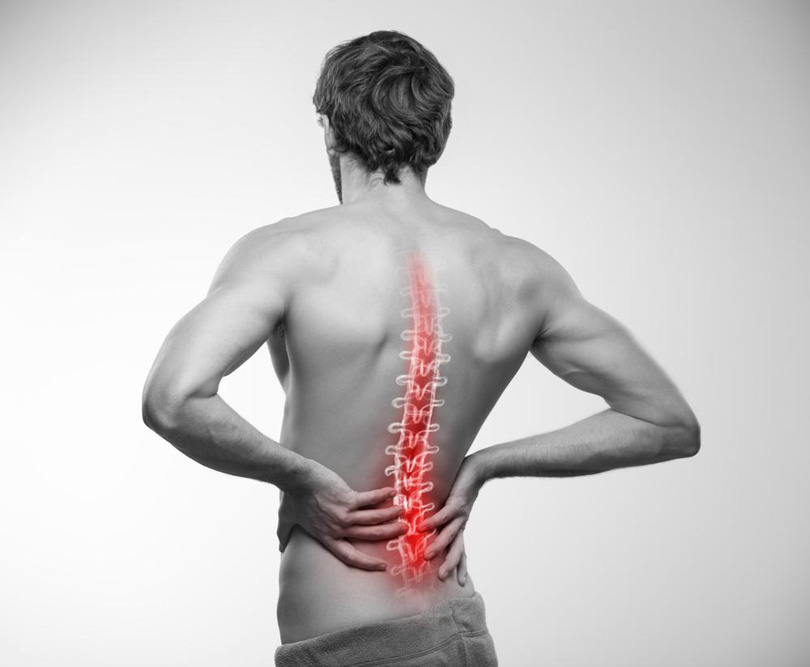
Recognizing the Key Differences Between Back Pain and Kidney-Related Discomfort
The human kidneys are vital organs located just above the pelvic bones, nestled on each side of the lower back. Due to their proximity and the nature of pain sometimes involved, many individuals find it confusing to differentiate between common backaches and discomfort caused by kidney issues. Understanding the subtle distinctions can help in seeking timely medical attention and prevent complications.
Back pain is a widespread issue that affects millions globally. It usually manifests as a dull, aching sensation in the lower or upper back, which can fluctuate in intensity based on movement, posture, or injury. Poor ergonomics, muscle strain, or minor injuries are often the culprits. In contrast, kidney discomfort tends to have specific signs that are often mistaken for backache but are distinct upon closer examination.
Knowing these differences is crucial, especially because some kidney conditions, if left untreated, can lead to serious health issues, including infections, stones, or even organ damage. In this detailed guide, we will explore the key signs, causes, and when to seek medical help for back pain versus kidney discomfort.
Understanding the Anatomy: Where Are Your Kidneys?
The kidneys are essential organs responsible for filtering waste products and excess fluids from the blood to produce urine. They reside beneath the rib cage, towards the back of the abdomen, just above the pelvic bones. Due to their location, kidney-related pain is often felt in the lower back, but it can also radiate to surrounding areas such as the groin, sides, or front of the abdomen. This postural placement is why pain from kidney issues can sometimes be misunderstood as general back pain.
Signs and Symptoms of Kidney Pain
Kidney discomfort possesses unique features that help distinguish it from standard back pain. Recognizing these signs can lead to prompt medical evaluation and treatment. Key symptoms include:
Unilateral or bilateral dull, deep discomfort located above the pelvic region, which may radiate to the groin or flank area.
Associated symptoms such as nausea, vomiting, and a general sense of malaise indicate systemic involvement.
Fever or chills, suggesting an infectious process such as pyelonephritis.
Changes in urine appearance or color, including cloudy urine, blood in the urine (hematuria), or increased frequency of urination.
Importantly, kidney pain typically does not involve significant external swelling or tenderness in the back unless there is a major disease process such as tumors or large cysts. The pain may not be tender to touch unless the inflamed or affected kidneys are directly pressed upon, which is usually detectable during a clinical examination.
Differences in Back Pain Patterns and Causes
Back pain is often characterized by a different set of features. It usually manifests as a dull, aching sensation localized to the lumbar region or middle back, though it can extend to the upper back or neck. Movement often worsens the pain, and resting can provide relief. Unlike kidney pain, backaches are not associated with fever or systemic symptoms.
The common causes of back pain include:
Muscle strains and ligament sprains caused by lifting heavy objects or sudden movements.
Injuries from falls, accidents, or sports activities.
Degenerative disc disease, osteoarthritis, or spinal stenosis.
Fractures due to osteoporosis or trauma.
Underlying conditions such as herniated discs or inflammatory diseases like ankylosing spondylitis.
Severe back pain that radiates down the legs, accompanied by weakness, numbness, or bowel and bladder issues, might suggest more serious conditions such as nerve impingement or cauda equina syndrome, requiring urgent medical care.
When Should You See a Doctor?
While mild and occasional back pain can often be managed with rest, stretching, and over-the-counter medications, persistent or worsening discomfort warrants medical evaluation. Especially if symptoms resemble those of kidney issues, timely diagnosis can prevent complications.
Seek medical attention promptly if you experience:
Severe or persistent pain lasting more than a week.
Presence of fever, chills, or unexplained weight loss.
Blood in urine or difficulty urinating.
Swelling, redness, or tenderness in the back area.
Nausea, vomiting, or symptoms indicating systemic infection.
Early diagnosis enables effective treatment, whether it involves antibiotics for infections, procedures for stones, or physical therapy for musculoskeletal issues. Recognizing the nuanced differences between back pain and kidney discomfort can be life-saving.
